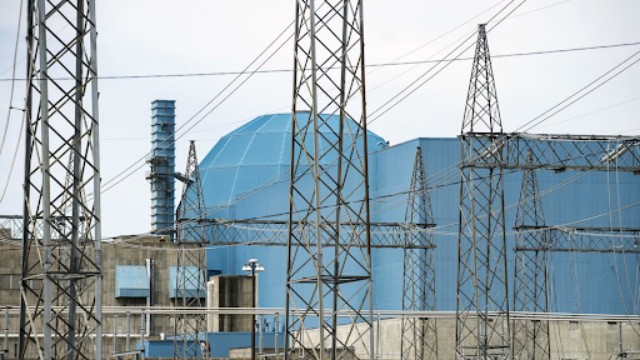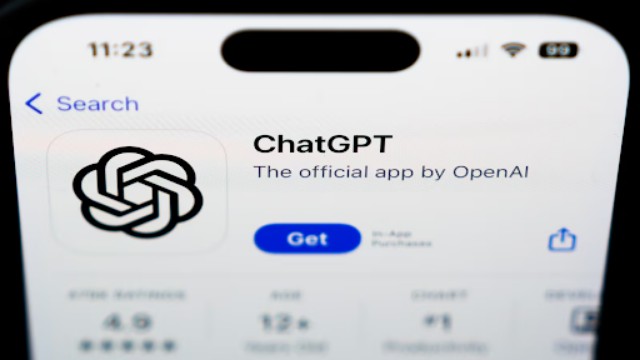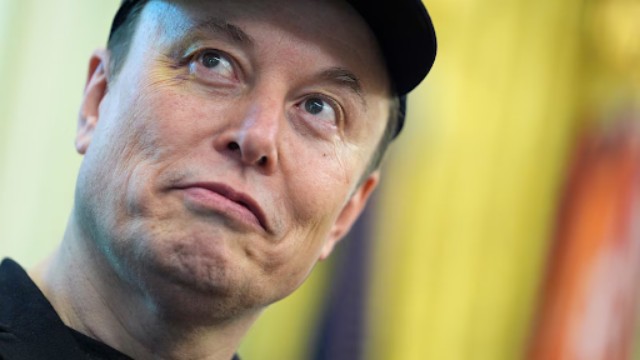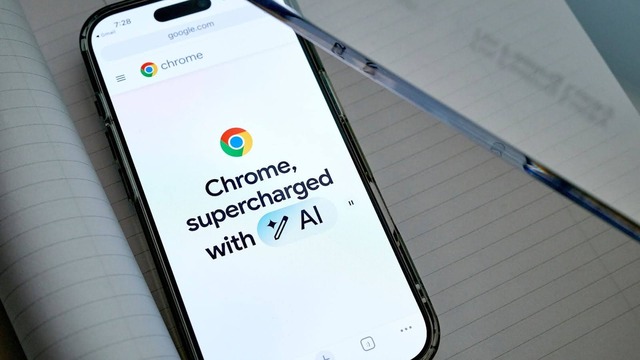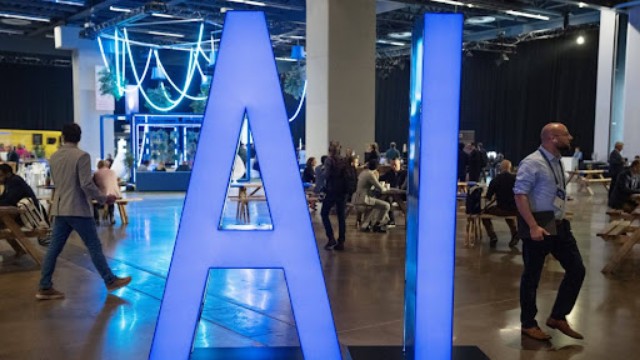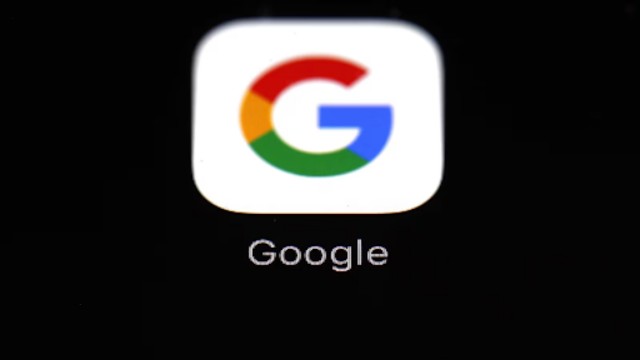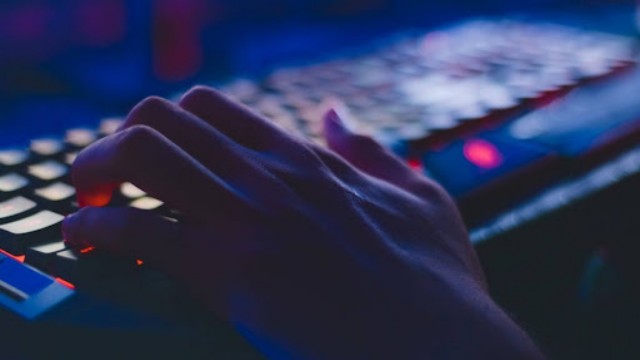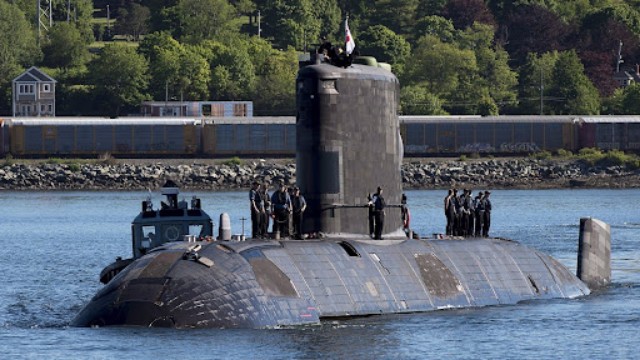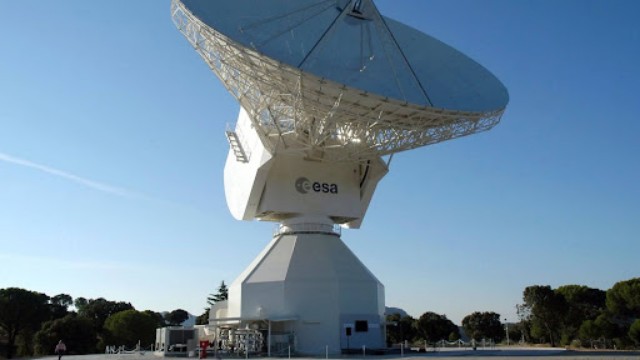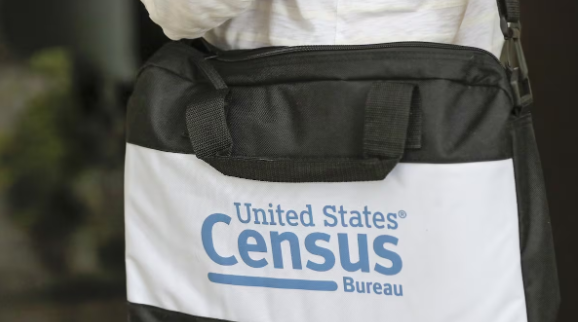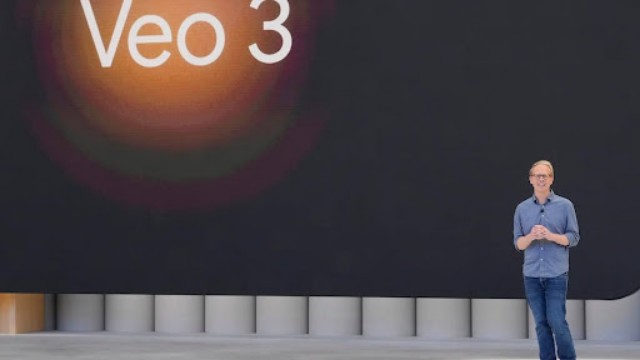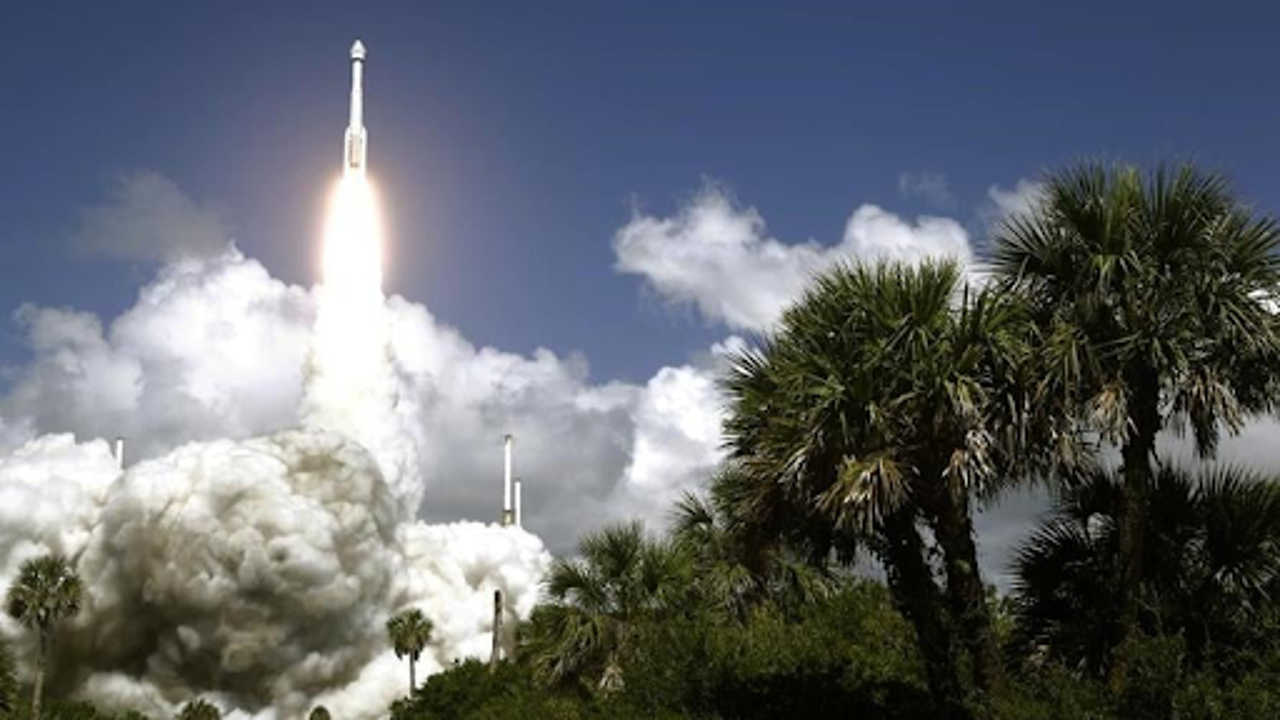
Boeing’s Starliner capsule, atop an atlas V rocket, lifers off from launch pad at space launch complex 41 Wednesday, June, 5, 2024 (AP Photo / Chris O Meara)
Boeing’s latest spacecraft reached the International Space Station on Thursday, following complications with its thrusters that nearly jeopardized its docking for the inaugural crewed test flight. The linkup, after a series of challenges, marked a significant milestone for Boeing's astronaut program.
The docking, which occurred over the Indian Ocean, concluded a day of suspense for NASA test pilots Butch Wilmore and Suni Williams. Delays and minor helium leaks marred the journey, but the capsule eventually docked successfully.
Starliner, designed by Boeing, will remain at the space station for about eight days before returning to Earth in the western United States. Astronaut Butch Wilmore expressed relief upon docking, likening it to being connected to a "big city in the sky."
Once aboard, Williams and Wilmore were greeted warmly by the seven space station residents, initiating a jovial atmosphere with impromptu dancing.
While a small helium leak was detected before liftoff, additional leaks emerged during the flight, coupled with thruster malfunctions. Despite these setbacks, the crew managed to restart most thrusters, ensuring safety margins for the mission.
NASA officials clarified that the helium leaks didn't pose any immediate danger to the astronauts or the mission. They attributed the leaks to a minor rubber seal issue, confident that helium reserves were adequate for the return journey.
Boeing, alongside SpaceX, was tasked with transporting astronauts to the space station after the retirement of the space shuttles. While SpaceX began its operations in 2020, Boeing faced delays due to safety concerns and technical challenges.
Despite the hurdles encountered, NASA officials affirmed that the current issues wouldn't necessitate a repeat of the astronaut test flight before certifying the capsule for regular use.


